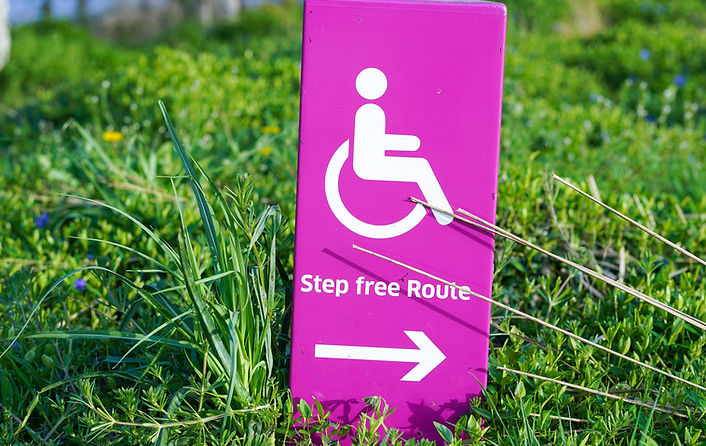Travel Your Way


Our Commitment
At Stories Unseen, accessibility is at the heart of how we design our tours. We believe everyone should be able to explore and connect with the stories that shape a place — regardless of mobility, age, language, or travel style.
Accessible by Design
Our self-guided tours are created to be flexible, intuitive, and inclusive:
-
Your pace, your way — Pause, repeat, or skip locations to suit your needs and interests.
-
Use your own device — No specialist equipment required, just a smartphone or tablet you already know how to use.
-
Clear navigation — Step-by-step directions and maps help you move confidently between locations.
Physical and Mobility Considerations
We carefully plan routes to provide options that suit different mobility levels:
-
Alternate pathways or rest points where possible.
-
Information on terrain, gradients, and distance to help you decide if a route is right for you.
-
Content that can be enjoyed even if you can’t access every stop in person.
Cognitive and Sensory Accessibility
We design our content so it’s easy to follow and engaging for different learning and communication styles:
-
Clear, conversational narration without jargon.
-
Written transcripts for all audio.
-
Visual prompts and archival images to support understanding and immersion.
Cultural and Language Inclusion
We strive to make our tours relevant and respectful for diverse audiences:
-
Stories told with cultural sensitivity and input from local communities.
-
Diverse perspectives represented in our narratives.
-
Availability of content in multiple languages for selected tours.
Stories Unseen is Quality Tourism accredited and holds Accessibility certification. We continually review our tours with feedback from users and partners to improve clarity, usability, and inclusivity. Our commitment is to:
-
Design with accessibility in mind from the outset — not as an afterthought.
-
Provide clear information so travellers can make informed choices.
-
Keep refining our platform to meet evolving accessibility needs and best-practice standards.
You can read our full Accessible Tourism Assessment here.

